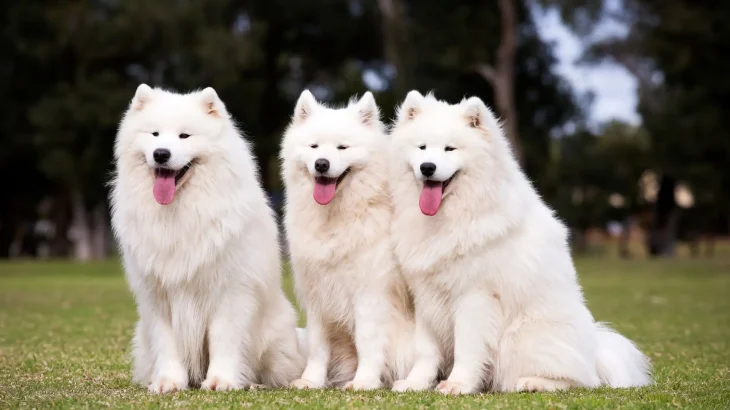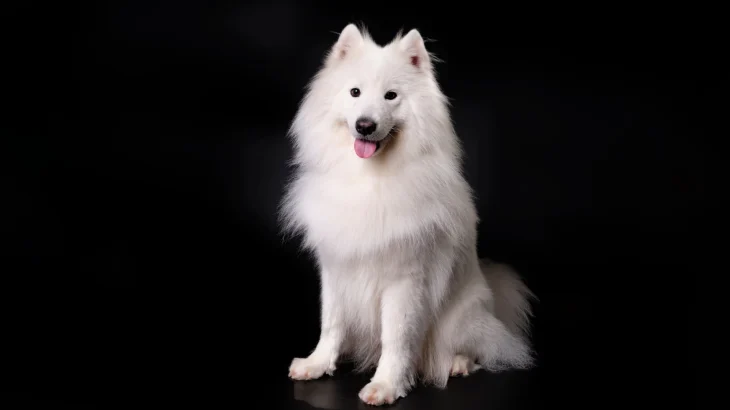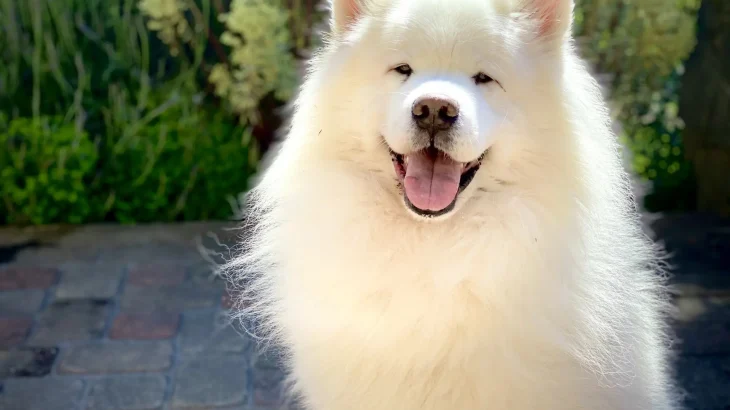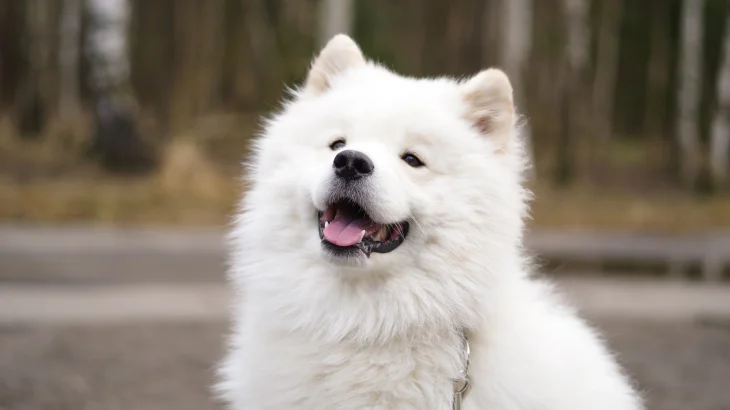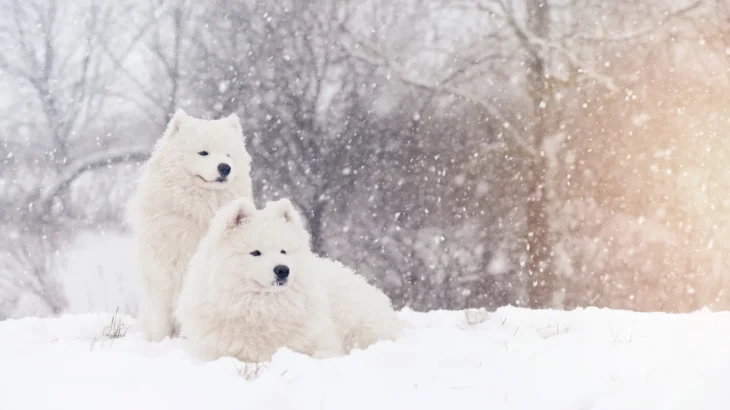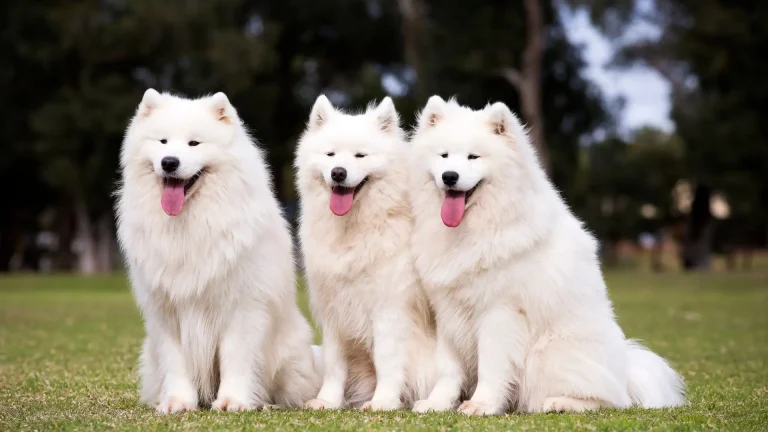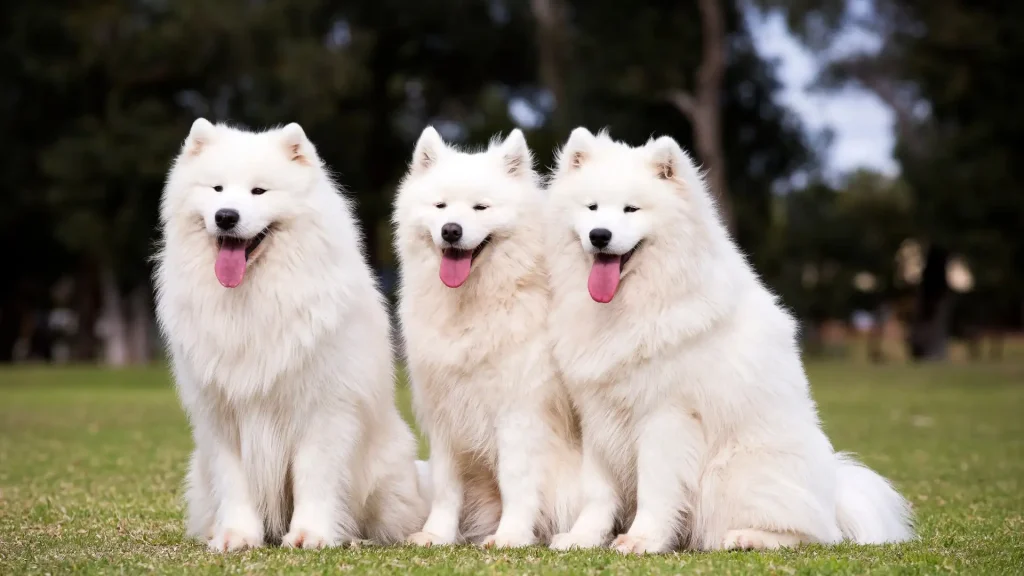Deciding between adopting or purchasing a Samoyed puppy depends largely on your priorities regarding health, ethics, and support. Adoption often provides an ethical choice that can save lives and may come with fewer initial costs, while purchasing from a reputable breeder offers more detailed health and pedigree information.
Adoption vs. Breeder: Pros & Cons
| Criteria | Buying from Breeder | Adopting from Shelter/Rescue |
|---|---|---|
| Cost | Usually higher, reflecting breed purity and breeder reputation; can range from $1,500 to $5,000 or more. | Lower adoption fees, often between $150 and $500, which may include vaccinations and spaying/neutering. |
| Health History | Comprehensive health records and genetic testing are typically provided. | Health info may be limited or unknown; however, reputable rescues conduct basic health checks. |
| Age Availability | Primarily puppies, allowing for early bonding and training. | Often adults or seniors; puppies available less frequently. |
| Temperament Insight | Breeders can offer insights based on lineage and parental temperaments. | Rescues can share observed behaviors from time spent with the dog. |
| Supporting Practices | Supports ethical breeding when choosing reputable breeders; important to avoid puppy mills. | Supports animal welfare by giving homes to dogs in need and reducing shelter populations. |
| Ethical Considerations | Risk of supporting unethical breeding if not careful; responsible breeders prioritize health and wellbeing. | Generally considered more ethical as it rescues dogs from potentially harmful environments. |

